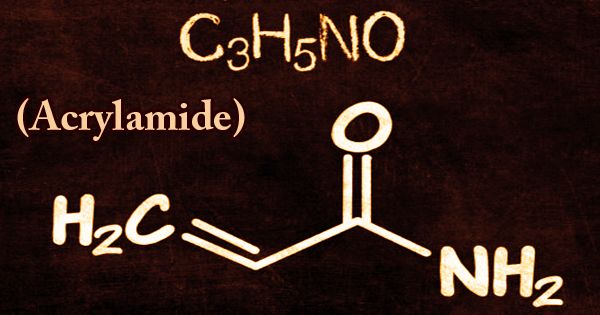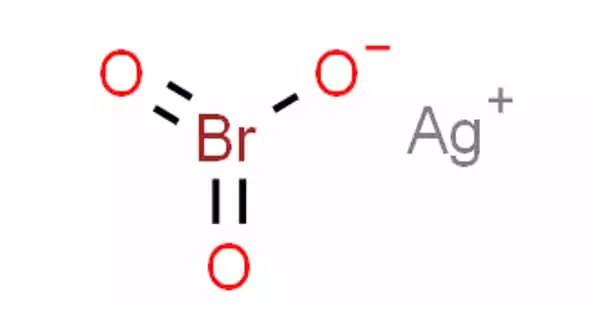The inorganic chemical with the formula BaS is barium sulfide. BaS is a water-soluble, toxic powder that is gray or yellowish-green in color. It is primarily utilized as a depilatory and as an intermediary in the production of pigments, particularly lithopone. BaS is the most widely manufactured barium compound. It is a key precursor to other barium compounds such as BaCO3 and the pigment lithopone, ZnS/BaSO4.
BaS, like other alkaline earth metal chalcogenides, is a short wavelength emitter for electronic displays. It is colorless, though it is routinely found in impure colored forms, as are many sulfides.
Properties
- Melting point: 1200°C
- Boiling Point: decomposes
- Density: 4.25 g/mL at 15 °C(lit.)
- Form: Powder
- Specific Gravity: 4.25
- Color: Pale gray to yellow
- Water Solubility: Soluble in water but insoluble in alcohol.
- Sensitive: Moisture Sensitive

Discovery and production
Vincentius (or Vincentinus) Casciarolus, an Italian alchemist, created BaS by thermo-chemically reducing BaSO4 (available as the mineral barite). It is currently made using an updated variant of Casciarolus’ process that uses coke instead of flour and charcoal. This type of conversion is known as a carbothermic reaction:
BaSO4 + 2 C → BaS + 2 CO2
and also:
BaSO4 + 4 C → BaS + 4 CO
The fundamental method is still in use today. In water, BaS dissolves. When these aqueous solutions are treated with sodium carbonate or carbon dioxide, they provide a white solid of barium carbonate, which is used to make numerous industrial barium compounds.
According to Harvey (1957), in 1603, Vincenzo Cascariolo employed barite, which was discovered at the bottom of Mount Paterno near Bologna, in one of his futile attempts to create gold. He quickly developed a persistent luminous material named Lapis Boloniensis, or Bolognian stone, after grinding and burning the mineral with charcoal under reducing conditions. Casciarolo’s substance was unusual because of its phosphorescence.
BaS crystallizes with the NaCl structure, featuring octahedral Ba2+ and S2− centres.
The observed melting point of barium sulfide is highly sensitive to impurities.
Preparation
Barium sulfide can be prepared by the direct reaction of the elements, calcined in an inert atmosphere, at a 1:1.05 molecular ratio:
Ba+S+heat → BaS
Commercially, barium sulfide is produced by heating barite (BaO) with coal or petroleum coke in an oxygen-free rotating kiln at 1000°C to 1250°C. Black ash is a gray or black powder that contains carbonaceous impurities and unreacted barite. Extraction using hot water and filtering separates barium sulfide from contaminants. Barium sulfide can also be produced by reducing barium sulfate with methane at high temperatures.
Uses
It is primarily utilized as a precursor to the production of other barium compounds such as barium carbonate and the pigment lithopone (ZnS•BaSO4). Barium sulfide, like other alkaline earth metal chalcogenides, can be utilized as a short short-wavelength emitter for electronic displays and is used in electronics, paint pigments, dehairing hides, flame retardant, bright paints, and the production of pure hydrogen sulfide.
Safety
BaS is extremely hazardous, as are related sulfides such as CaS, which emit lethal hydrogen sulfide when exposed to water.
Occurrence
Barium sulfide is found in black ash, a gray to black impure result of high-temperature carbonaceous reduction of barite. It serves as the starting material for the production of the majority of barium compounds, including barium chloride and barium carbonate. It is employed in illuminating paints, dehairing hides, as a flame retardant, and in the production of H2S.
















